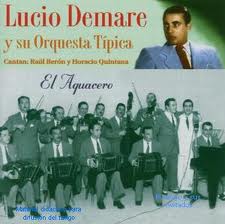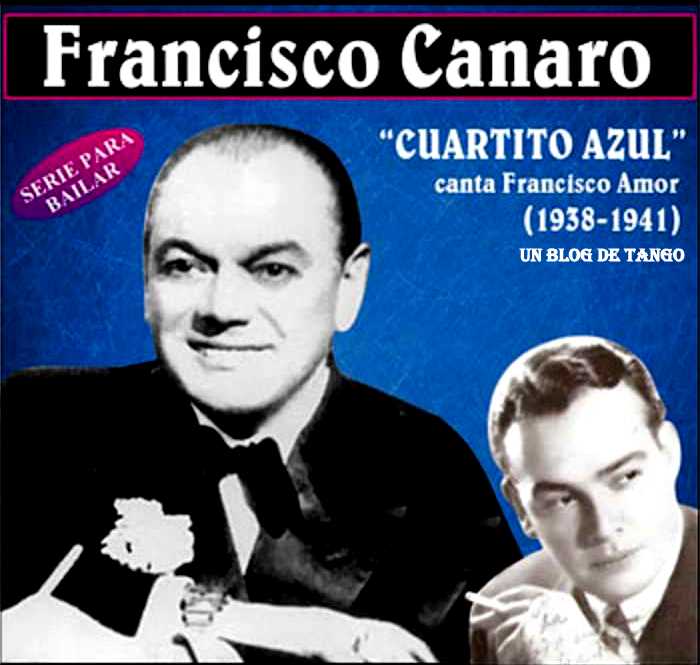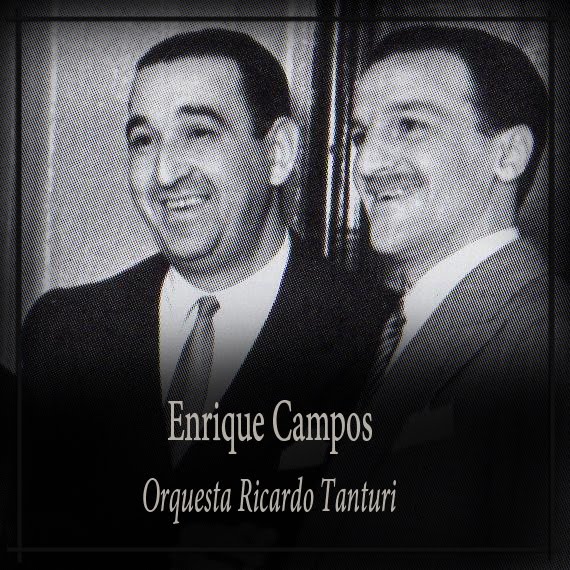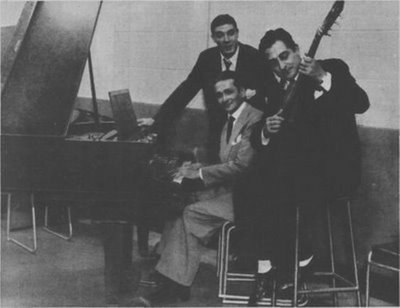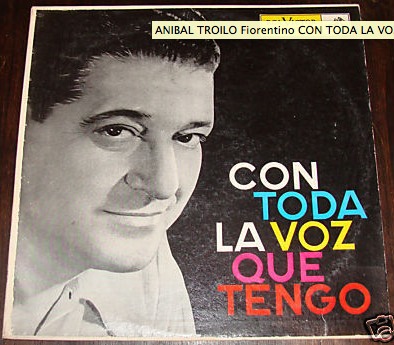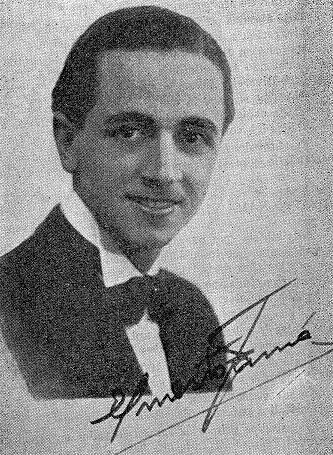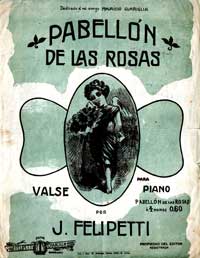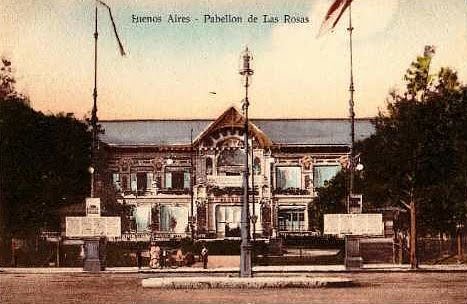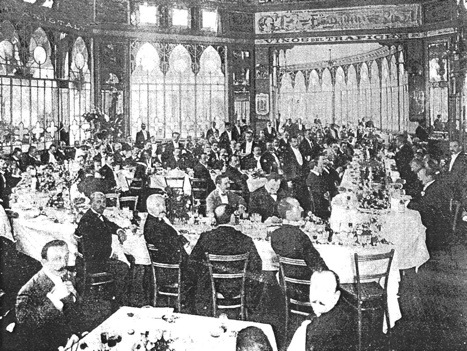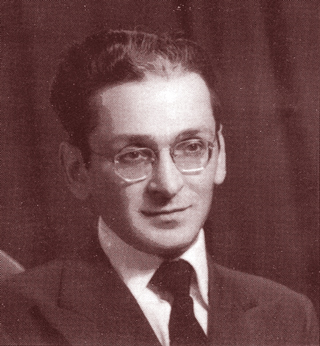
This week's traditional tanda is a dramatic set by Osvaldo Pugliese. This set features Recuerdo, the first tango Pugliese composed, in 1924, when he was only 19 years old. The title was originally "Recuerdo para mis amigos" (Memory for my friends) and was an homage to his friends that he used to hang out with in the cafe. This song is often described as a milestone of tango composition for its melodic structure and its complex density. "Recuerdo" shows Pugliese's knowledge of European classical music and his commitment to the streets of Buenos Aires.
"One could speak, with total justice, of compositions before and after Pugliese's 'Recuerdo' and the instrumentalists before and after 'Recuerdo'." - Horacio Ferrer.
Puppy Castello y Graciela Gonzalez, in 1994, dancing to Recuerdo
Nito y Elba, in 2008, dancing to Recuerdo


